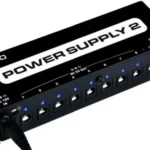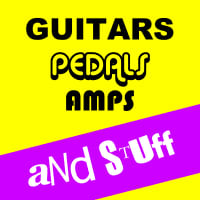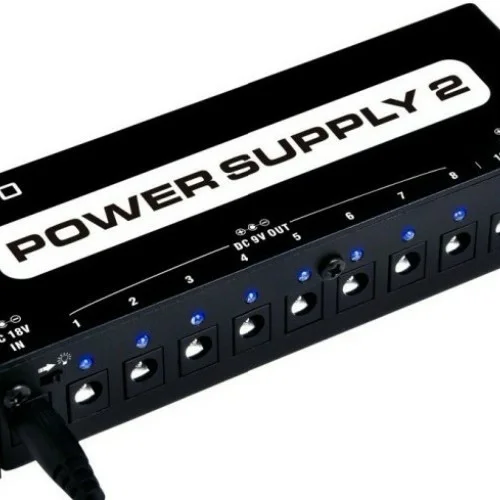
There are several types of power supplies available for guitar effect pedal boards, each with its own characteristics and reasons for use based on the specific needs and preferences of the guitarist. The choice of power supply depends on factors like the number of pedals, space, noise considerations, portability, and reliability.
Types of Power Supplies for Guitar Effect Pedal Boards
1. Individual 9V Batteries:
- Why Use: Batteries provide a portable and independent power source for individual pedals. They are useful when no power outlet is available or for pedalboards with a minimal number of pedals.
- Considerations: Batteries may need frequent replacement, and it’s crucial to ensure they are disconnected when not in use to avoid draining.
2. Wall Wart Adapters:
- Why Use: Wall adapters are common, providing power through an AC outlet. They come in various voltage and current ratings to suit different pedal requirements.
- Considerations: Multiple wall adapters may clutter the power strip, and they might generate noise due to electrical interference.
3. Dedicated Multi-Output Power Supplies:
- Why Use: Multi-output power supplies offer a centralized solution for powering multiple pedals simultaneously. They reduce cable clutter and often include isolated outputs to minimize noise.
- Considerations: Quality varies among brands, and some cheaper models might introduce noise or lack isolated outputs, impacting the performance of high-end pedals.
4. Rechargeable Power Banks:
- Why Use: Rechargeable power banks provide a portable and flexible power solution. They offer multiple outputs and can be recharged, making them suitable for outdoor performances or when access to power outlets is limited.
- Considerations: Capacity and voltage compatibility need to be checked, and the overall battery life may not be suitable for long gigs.
5. Isolated Power Supplies:
- Why Use: Isolated power supplies are renowned for reducing noise and interference by providing dedicated power lines to each pedal. They prevent ground loops and offer clean power to pedals, improving overall performance.
- Considerations: They can be more expensive, and the number of outputs might be limited compared to cheaper alternatives.
Considerations for Choosing a Power Supply
Number of Pedals:
The number of pedals determines the number of outputs required. Larger boards with numerous pedals might benefit from dedicated multi-output or isolated power supplies.
Noise Considerations:
Isolated power supplies are often preferred for their ability to reduce noise and eliminate ground loop issues commonly encountered with daisy-chained power solutions.
Portability and Convenience:
For portable setups or outdoor gigs, rechargeable power banks or individual batteries may be more practical than relying on wall outlets or multi-output supplies.
Reliability and Quality:
Investing in a reliable and high-quality power supply is crucial to prevent potential issues like electrical noise, voltage drops, or compatibility problems with pedals.
Conclusion
The choice of power supply for a guitar effect pedal board depends on various factors such as the number of pedals, noise considerations, portability needs, reliability, and budget constraints. Understanding the specific requirements of your pedalboard setup and considering factors like noise reduction, convenience, and power reliability will help in selecting the most suitable power supply solution for optimal performance and usability.

